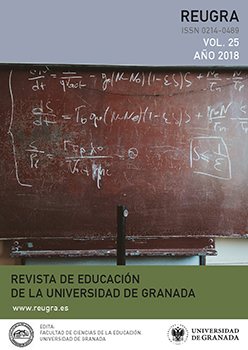Historical Overview of Language Teaching: Integrationand Learning Models (Clil)
Main Article Content
Abstract
For centuries, educators have ventured into ways of integrating different contents in foreign language classes. It appears to be that the integration of language and content had its first gene at that time. It is during the XX century when instructors and practitioners worldwide reached a consensus regarding the most appropriate ways to teach languages. This agreement materialized in the variety of academic works, discussions, and publications. Upon examining the different historical, methodological proposals, we noticed that practitioners prioritize the «eclectic» aspect as it appears as the best way to reach students. That said, it seems to be that we not only recycled the language we have been teaching through different contexts but also, we have done that cyclically, through the teaching approaches we have used. Time has passed by, and we have come to the rescue of the CLIL (Content and Language Integrated Learning) methodology, which has gained popularity in the last two decades.



